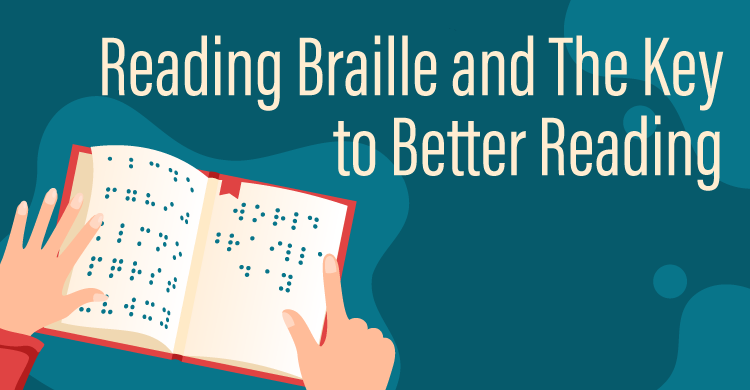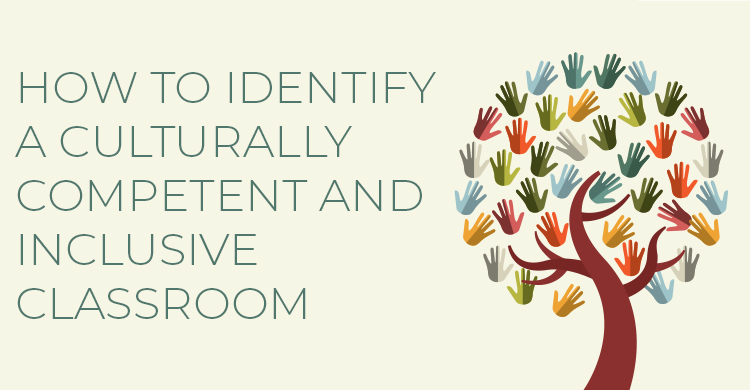This blog post is based on the book 200+ Proven Strategies for Teaching Reading.
Whether we teach six- or sixteen-year-olds, we need to awaken the students’ brains to make meaning out of text and boost comprehension. What do good readers do? Our brains are actively predicting, visualizing, contextualizing, questioning, critiquing, summarizing, synthesizing, and applying how to use this information as we are reading.
As teachers, we need to unpack these skills for our students by providing opportunities to engage with texts that utilize these skills. The message is clear: awaken their brains for hands-on and minds-on reading. Motivate even the most reluctant readers by writing, drawing, taking notes, using hands-on manipulatives, and involving their emotions and feelings while learning.
Hands-on learners tend to remember information by doing, rather than by listening or seeing. The key to addressing a student who is struggling with reading is to provide a variety of activities and utilize multimodality approaches. Regardless of whether they are in the stage of learning to read or reading to learn, students need structured and engaging opportunities to connect with text.
Active Reading Exercises
Here are some really great strategies to build those active reading skills:
Screen Spelling
This is an excellent tactile strategy and a very effective intervention tool for struggling readers. Your first stop is the hardware store. You will need about four yards of medium mesh aluminum screen. It is sold by the yard like fabric. For under $8.00 you can make over 40 screens for your students.
Construction:
- Roll the screen out on the driveway or sidewalk.
- With a yardstick and marking pen, make a 9″x12″ grid.
- Cut out the screens with ordinary kitchen shears.
- There will be prickly edges on the screens. Cover them with masking tape or duct tape.
To use:
- Have your students place the screen on the table.
- Place a blank sheet of paper on top of the screen.
- Students use a crayon to write their spelling or vocabulary words on the papers with the crayon. For primary students, they work on letter or formation or sight words.
- They lift off the paper from the screen.
- Ask them to trace the letters they made with their pointer finger.
- First, they do it with eyes open, and then they trace it with eyes closed.
- Next, have them write the word in the air.
You will see amazing results!
Bean Boggle
This is a great tactile word-building technique that all of your students will enjoy. Stop by your grocery store and get a two-pound bag of flat white lima beans in the dried bean aisle of your market. You will need two permanent fine-tip markers—one in red (for vowel sounds) and one in black (for consonant sounds). You will also need a box of “snack-size” Ziploc bags to place the “alpha beans” in when finished.
Setup:
- Use the black pen to print consonant letters on the beans.
- With the red pen, print vowel sounds on other beans.
- Place an assortment of letter beans in each bag.
This can be differentiated by using it as an independent activity for word building with the beans Scrabble-style. It can also be used for word building in partners or teams.
Question Card Relay
This is a strategy that involves teamwork, higher-level thinking skills, and the fast-paced movement of a relay race.
- Group participants into teams of four.
- Give each student an envelope with three slips of paper inside.
- Each student is asked to pose a question about the topic being covered or the selection they have read on the outside of the envelope and sign it.
- At the signal, the teacher will request the students to pass the envelopes to the student to their right.
- In a set amount of time (usually one to two minutes), the recipient answers the question to the best of his or her ability on one of the slips of paper in the envelope.
- The teacher gives a signal, and another pass occurs.
- Each student gets a new question and answers it on a blank sheet in the envelope and signs it.
- With the next signal, the third and final pass is made and answered.
- The envelopes are now returned to the “sender.”
- They review the responses from their peers to their question.
- The envelopes are collected by the teacher and reviewed.
This is an excellent informal assessment tool, because the teacher gets to know the questions students have and the level of understanding the respondents have.
Dice Games
You can create a wider variety of highly tactile practice activities for your inclusive classroom by adapting dice. To adapt the cubes, use sticky dots (available where office supplies are sold) or cut mailing labels to fit.
Alphabet adaptation
Students roll a single die labeled with a different letter on each face. They use the letter that comes up to:
- Say the sound(s) the letter makes,
- Brainstorm words that begin with the letter, or
- Find objects in the room that begin with that letter.
Question cubes
Question cubes create a game-like atmosphere and will increase the attentiveness and involvement of all your students, especially your tactile and visual learners.
How to make a question cube:
A cube is made from milk cartons of the size usually sold by the school lunch program.
- Cut the tops off both cartons and insert one, bottom side up, into the other, creating a closed cube.
- Cover the cube with plain Contact paper.
- On each face, write a question word: What? When? Where? Who? Why? How?
Application suggestions:
- Have students generate questions about whatever content is being studied.
- Teach students how to formulate comprehension questions at varying levels of complexity.
- Have students work with partners as they read a content-rich selection.
Cubing
Similar to question cubes, cubing is a strategy designed to help students think about a topic or idea from many different angles. It is an excellent way to differentiate the process and the product of the topic you are working on. Cubes can be used to differentiate activities on the basis of student readiness.
A cube includes six commands—one on each of its six faces, followed by a prompt that describes the task the student should do related to the command.
Insert/Coding Strategy
Insert is an active reading strategy designed by Vaughan & Estes (1986). It is a particularly helpful way for less-skilled readers to interact with text and to remember to clarify the issue at a later time. Students use sticky notes and insert them on the text according to the agreed-upon codes.
Some suggested codes include:
| Insert/Coding Marking System
x I thought differently + New information ! WOW ?? I don’t get it * VERY important |
Steps:
- Overview and Purpose: Describe the INSERT strategy and why it can be helpful to use it.
- Demonstrate – Model: Think aloud as you model using INSERT.
- Guide Class in Using INSERT: As a whole class, practice using INSERT—be sure to discuss your thinking, rationale for using various marks, etc.
- Practice in Pairs and/or Teams: Structure cooperative pairs/teams to read segments together and use INSERT—compare and discuss their marks.
- Practice on Your Own: Assign homework and/or other independent work using INSERT (be sure to discuss after, using pairs/teams/whole class).
Active reading is a skill that takes practice. Try out these strategies and modify them to meet the needs of your students as you develop a system that works for you. An active literacy classroom includes instructional strategies that support student thinking, exploration, and creativity. Help kids rediscover the power of reading!
References:
Perez, K. (2016). 200+ proven strategies for teaching reading. Bloomington, IN: Solution Tree Press.
Vaughn, J., & Estes, T. (1986). Reading and reasoning beyond the primary
grades. Boston: Allyn & Bacon.
[author_bio id=”900″]






